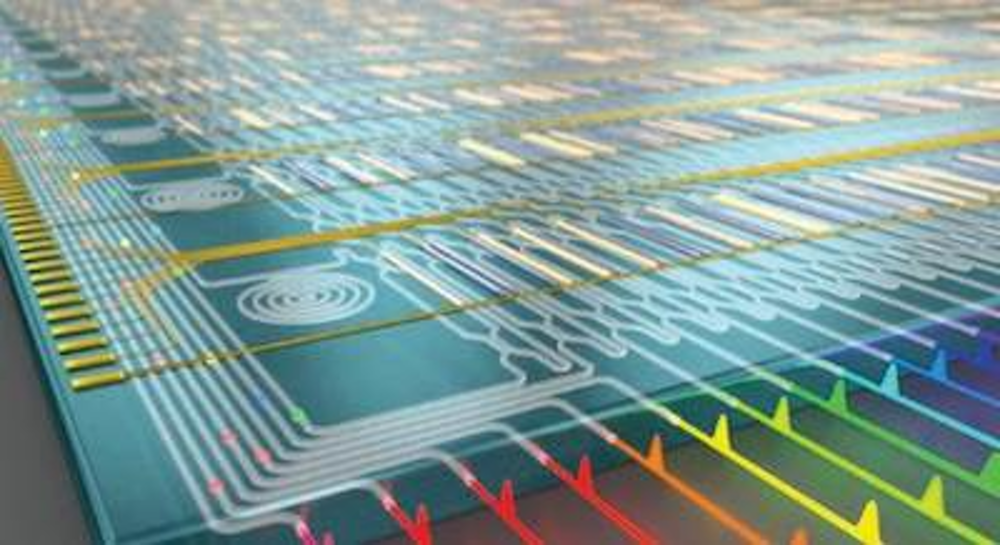Fullerenes fullerene in various fields such as electronic applications such as nano-electrode fabrication (PhD in nano-microelectronics)
Researcher and author: Dr. ( Afshin Rashid)
Note: Fullerenes are one of the materials on which many nanomaterials are based. Unique structural and electronic properties, as well as their application in various fields such as electronic applications such as nano-electrodes used. In special electrical circuits, nanophotonics are present in solar nanocells and absorb nano-specific wavelengths.
Nanotube layers can act like a metal and be electrically angled. Structure and structure changes in them can display semiconductor properties. Or be non-conducting. For example, a slight change in the helical section can turn the pipe from a metal to a semiconductor with a large gap. Fullerenes are identified by the number of atoms in their building. The letter C is used to denote fullerenes, which denotes the carbon atom in their structure.
Nanotube layers can act like a metal and be electrically angled. Structure and structure changes in them can display semiconductor properties. Or be non-conducting. For example, a slight change in the helical section can turn the pipe from a metal to a semiconductor with a large gap. The unique properties of fullerenes fullerene enables a wide range of applications from nanoelectronics to medicine. Fullerenes can act as superconductors through semiconductors and are exceptional radical transmitters . Intense durability, features It can easily be used in current transfer properties as a modification derivative, and this has led to changes in their electronic structure, solubility, and physical properties (structure). The function of fullerenes The presence of fullerene in the structure of nanotube layers, such as Nano Carbon tube , and CNT nanotubes, like other nanomaterials, has been shown to have several physical properties such as length, diameter, surface, tendency to condense, dispersion, The existence and nature of the remaining catalysts as well as the chemical functional groups of these nanomaterials depend on these causes, especially given the growing efficiency of carbon nanotubes in biosensors and the study of CNT toxicity in biological media and efforts to address this problem .
Conclusion :
Fullerenes are the materials on which many nanomaterials are based. Unique structural and electronic properties, as well as their application in various fields such as electronic applications such as the fabrication of nano-electrodes used in circuit Special electrical, nano-photonics in solar nanocells and absorbers of specific wavelength nano.
Researcher and author: Dr. ( Afshin Rashid)
PhD in Nano-Microelectronics




